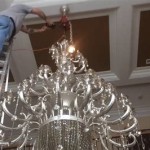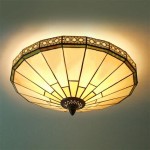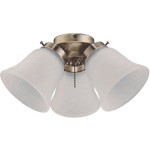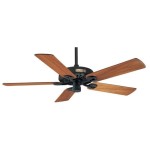Light Wood Plank Ceiling: A Guide to Design and Installation
A light wood plank ceiling can add warmth and character to any room. Whether you're looking to create a rustic, modern, or coastal vibe, light wood planks are a versatile option that can complement a variety of décor styles.
Advantages of Light Wood Plank Ceilings
There are many benefits to installing a light wood plank ceiling, including:
- Adds warmth and character: Light wood planks can make a room feel more inviting and cozy.
- Enhances architectural features: Wood planks can highlight architectural details such as beams and columns.
- Complements various décor styles: Light wood planks can work with a variety of décor styles, from rustic to modern.
- Easy to install: Wood planks are relatively easy to install, making them a good option for DIYers or contractors.
- Durable: Wood is a durable material that can last for many years with proper care.
Types of Light Wood Plank Ceilings
There are three main types of light wood plank ceilings:
- Solid wood: Solid wood planks are made from a single piece of wood, such as oak, pine, or maple.
- Engineered wood: Engineered wood planks are made from a core of plywood or MDF with a thin layer of real wood on top.
- Veneer: Veneer planks are made from a thin layer of real wood that is glued to a backing material, such as plywood or MDF.
Choosing the Right Light Wood Plank Ceiling
When choosing a light wood plank ceiling, there are a few factors to consider:
- Material: The type of material you choose will affect the cost, durability, and appearance of your ceiling.
- Finish: Wood planks can be finished in a variety of ways, such as stained, painted, or whitewashed.
- Width: Wood planks come in a variety of widths. Wider planks can create a more dramatic look, while narrower planks can make a room feel more cozy.
- Installation: Wood planks can be installed in a variety of ways, such as nailing, stapling, or gluing.
Installing a Light Wood Plank Ceiling
Installing a light wood plank ceiling is a relatively easy process. Here are the basic steps:
- Prepare the ceiling: Remove any existing ceiling tiles or drywall. Check the ceiling for any unevenness and make any necessary repairs.
- Install the planks: Begin installing the planks from the center of the ceiling working outwards. Nail, staple, or glue the planks to the ceiling joists.
- Finish the ceiling: Once the planks are installed, you can finish the ceiling by staining, painting, or whitewashing. You can also add trim to the edges of the ceiling.
- Dust regularly: Dust your ceiling with a soft cloth or brush to remove any dirt or debris.
- Clean spills immediately: Clean up any spills on your ceiling immediately to prevent stains.
- Vacuum or sweep: Vacuum or sweep your ceiling regularly to remove any loose dirt or debris.
- Refinish periodically: You may need to refinish your ceiling every few years to keep it looking its best.
Maintenance and Care
Light wood plank ceilings are relatively easy to maintain. Here are a few tips for keeping your ceiling looking its best:

Diy Planked Wood Ceiling The Lilypad Cottage

11 Wood Ceiling Ideas Bob Vila

25 Eye Catchy Wooden Ceiling Ideas To Try Digsdigs

How To Easily Plank A Textured Ceiling Sincerely Marie Designs

25 Eye Catchy Wooden Ceiling Ideas To Try Digsdigs

Wood Planked Ceiling Adding Warmth And Texture To Your 5th Wall

Inspired By Wood Beam Plank Ceiling Design The Room

Foyer With Light Brown Plank Ceiling Transitional Entrance

Wood Ceiling Design Ideas 21 Designer Rooms With Ceilings

11 Wood Ceiling Ideas Bob Vila
Related Posts








